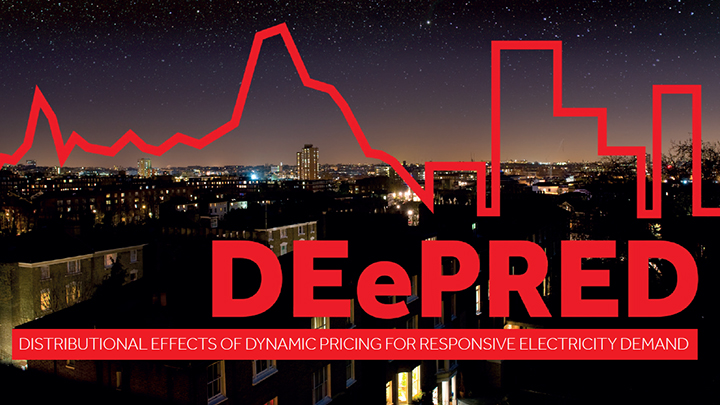Distributional Effects of Dynamic Pricing for Responsive Electricity Demand
Research questions we are aiming to answer:
- What activities contribute to peak electricity demand?
- What clusters of consumers can be identified based on their energy-related activities and their socio-demographic information?
- How would the introduction of Time-of-Use tariffs impact consumers? Who are the winners and losers?
Expected outcomes
Understanding the distributional effects of Time of Use tariffs becomes vital to ensuring affordability of energy bills, at the same time as making demand more flexible. DEePRED provides robust academic research on the distributional effects of Time of Use tariffs. It identifies clusters of users which might significantly benefit or be disadvantaged through the provision of demand flexibility.
Methodology
The projects analyse 10-minute resolution time use activity data from the publically available UK Office for National Statistics Time Use Survey. It derives information about times of the day in which different groups of people occupy households and carry out energy-related activities. The time use data is integrated with parameter data on sunlight, number and typical consumption of household appliances and dwelling types to derive load profiles. Unlike the smart meter data, the time-use survey date provides additional information on what activities are being carried out at the what time and in what setting (e.g. what members of the family are involved, what other parallel activities are occurring and how does respondent feels about this activity).

